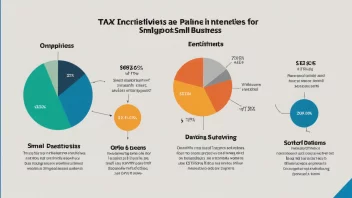In today’s fast-paced business environment, understanding the dynamics of market competition is crucial for both established companies and startups. Market competition is not just about who has the best product or service; it encompasses a variety of factors that influence how businesses interact and thrive in their respective industries.
One of the key elements in understanding market competition is recognizing the different types of market structures. These structures can range from perfect competition, where many firms compete with similar products, to monopolies, where one company dominates the market. Each structure presents unique challenges and opportunities for businesses. For instance, in a perfectly competitive market, companies must focus on efficiency and innovation to stand out, whereas in a monopoly, the focus may shift towards maintaining market power and customer loyalty.
Another significant factor is the role of consumer behavior in shaping market dynamics. Understanding what drives consumer choices can provide valuable insights for businesses. Factors such as price sensitivity, brand loyalty, and the influence of social media can dramatically affect how companies position themselves in the market. For example, a brand that successfully engages with its audience on social media can create a loyal customer base that is less price-sensitive.
Technological advancements also play a pivotal role in market competition. The rise of digital technology has transformed how businesses operate, enabling them to reach customers more efficiently and effectively. Companies that leverage technology for data analysis can gain insights into market trends and consumer preferences, allowing them to adapt quickly to changing conditions. This adaptability is essential in a competitive landscape where consumer needs and technological capabilities are constantly evolving.
Moreover, regulatory factors and economic conditions can significantly influence market competition. Changes in government policies, trade agreements, and economic downturns can alter the competitive landscape overnight. Businesses must stay informed about these factors and be prepared to adjust their strategies accordingly. For instance, during an economic recession, companies may need to focus on cost-cutting measures and value propositions to maintain their market share.
In conclusion, understanding the dynamics of market competition involves analyzing various factors, including market structures, consumer behavior, technological advancements, and regulatory influences. By gaining a comprehensive understanding of these elements, businesses can develop effective strategies to navigate the competitive landscape. As the market continues to evolve, staying informed and adaptable will be key to sustaining success in any industry.






